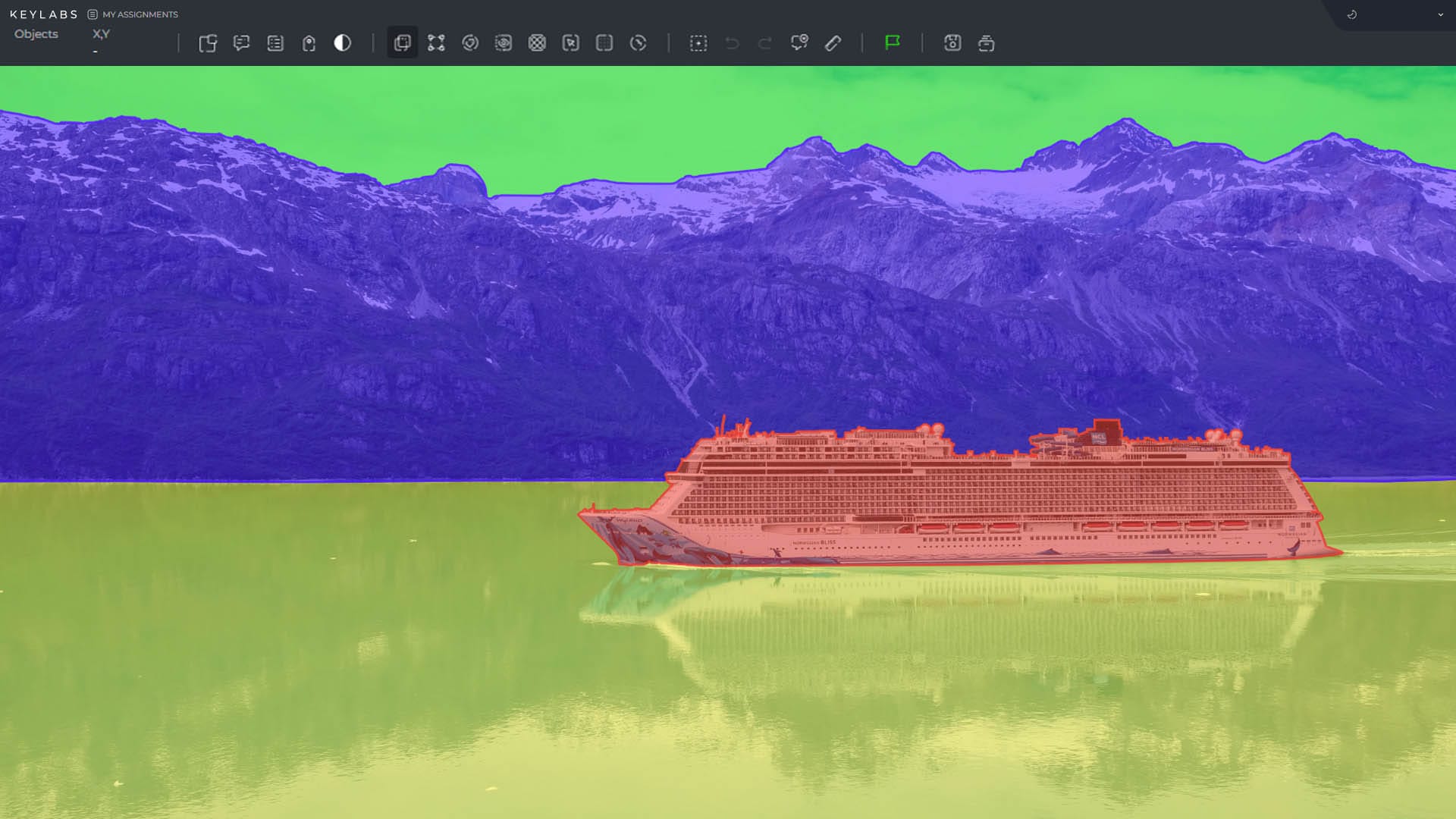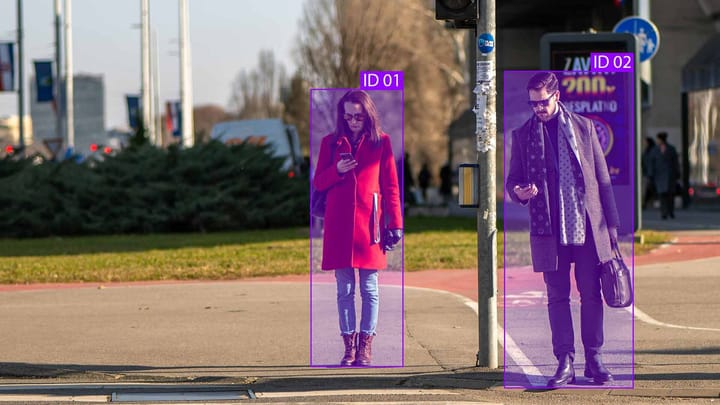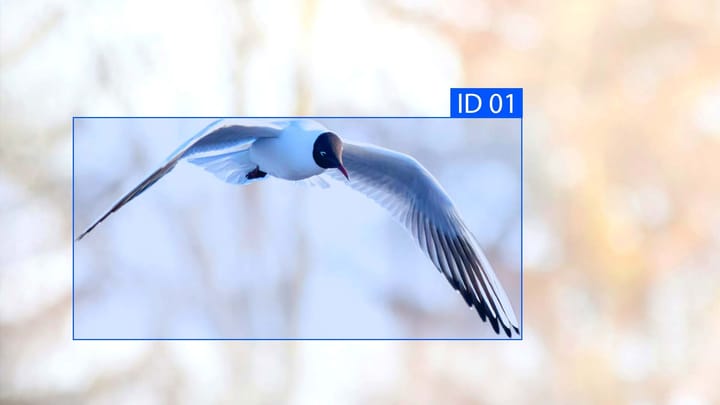Efficient Image Data Annotation Methods

Image data annotation is a crucial aspect of computer vision projects and machine learning models. Accurate and precise annotation is essential for training these models to recognize and interpret visual data effectively. To achieve this, efficient image data annotation methods are necessary.
Efficient image data annotation methods involve the process of data labeling, which is the task of adding annotations or labels to images to provide contextual information for machine learning algorithms. These annotations can include bounding boxes, polygons, keypoints, and semantic segmentation masks, among others.
There are various tools available for image data annotation, offering advanced features and automation capabilities to streamline the annotation process. By using these tools, developers and data scientists can save time and ensure the accuracy and performance of their machine learning models.
Some popular tools for image data annotation include Keylabs, SuperAnnotate, DataLoop, Playment, and Hive Data. These platforms provide a range of features such as automated annotation, real-time collaboration, and dataset management.
Key Takeaways:
- Efficient image data annotation is crucial for training accurate and reliable machine learning models.
- Data labeling involves adding annotations or labels to images to provide contextual information for machine learning algorithms.
- Tools such as Keylabs, SuperAnnotate, DataLoop, Playment, and Hive Data offer advanced features and automation capabilities for image data annotation.
- Automated annotation and collaboration options provided by these tools streamline the annotation process and enhance efficiency.
- Choosing the right image data annotation tool depends on project requirements, automation level, and budget.
Keylabs: An Efficient Image Annotation Platform
Keylabs is a powerful annotation platform designed to streamline the image and video annotation process in computer vision projects. With its advanced features and user-friendly interface, Keylabs offers a comprehensive solution for accurate and efficient data labeling.
One of the standout features of Keylabs is its automated annotation capability, which eliminates the need for manual intervention or prior training. This automated annotation tool saves valuable time and effort by automatically annotating images, ensuring a faster and more efficient annotation process.

Keylabs also offers composable workflows, allowing users to customize the annotation process according to their specific requirements. It provides dataset management functionalities, enabling users to organize and manage their datasets effectively. Real-time collaboration features facilitate seamless teamwork, enabling multiple annotators to work on the same project simultaneously.
Integrating with other data labeling services is made effortless with Keylabs. It supports various file types, including images and videos, making it suitable for a wide range of computer vision projects. Whether you are working on object detection, semantic segmentation, or any other computer vision task, Keylabs is equipped to handle your annotation needs.
Keylabs Features:
- Automated annotation capability for time-saving efficiency
- Composable workflows for customizable annotation processes
- Dataset management functionalities for organized data handling
- Real-time collaboration for seamless teamwork
- Integration with other data labeling services for enhanced workflow
- Support for various file types, catering to diverse project needs
SuperAnnotate: Advanced Data Annotation Platform
SuperAnnotate is a web-based image annotation tool developed in collaboration with OpenCV. It provides an intuitive interface for seamless annotation and offers advanced project management capabilities for efficient organization and tracking of annotation tasks. SuperAnnotate supports various annotation types like bounding boxes, polygons, and cuboids, allowing precise and accurate labeling. The platform also supports collaboration and team management, enabling supervisors to review annotators' work and provide feedback. SuperAnnotate is widely used in large-scale projects and is known for its efficiency and accuracy.
Open-source Image Annotation Tools
In addition to paid platforms, there are also open-source image annotation tools available that provide powerful functionalities. CVAT, LabelMe, and VoTT are popular choices among researchers and developers.
CVAT is a widely-used web-based tool supported by Intel, offering various annotation features for images and videos. It has gained popularity for its versatility and user-friendly interface. With CVAT, users can annotate a wide range of object types, such as bounding boxes, polygons, and lines, making it suitable for diverse computer vision projects. The tool also supports labeling time-dependent visual data, which is essential for projects involving video analysis. Furthermore, CVAT provides seamless integration with machine learning frameworks, enabling users to export annotated data in formats compatible with popular deep learning libraries.
LabelMe, developed by MIT, is a reliable and straightforward solution for basic image annotation requirements. It offers a user-friendly interface that allows users to annotate images with bounding boxes, polygons, and points. LabelMe also supports text annotations and semantic segmentation, making it suitable for projects that require detailed and precise labeling. While it may not offer the same advanced features as other tools, LabelMe's simplicity and ease of use make it an ideal choice for beginners or projects with basic annotation needs.
VoTT is an open-source annotation tool that stands out for its intuitive interface and support for multiple formats. It allows users to annotate images with bounding boxes and polygons, providing the flexibility to handle various annotation scenarios. VoTT also offers collaboration features, making it easier for teams to work together on annotation tasks. The tool supports exporting annotations in different formats, facilitating compatibility with different machine learning frameworks.
These open-source tools offer valuable alternatives for projects that require efficient and cost-effective annotation solutions. Whether it's the advanced features of CVAT, the simplicity of LabelMe, or the versatility of VoTT, researchers and developers have access to a range of tools to suit their specific needs.
| Tool | Supported Annotation Types | Integration with Machine Learning Frameworks |
|---|---|---|
| CVAT | Bounding boxes, polygons, lines | Yes |
| LabelMe | Bounding boxes, polygons, points, text annotation, semantic segmentation | No |
| VoTT | Bounding boxes, polygons | Yes |
Conclusion
In conclusion, efficient image data annotation methods are crucial for enhancing machine learning models and computer vision accuracy. Tools like Keylabs and SuperAnnotate provide advanced features and user-friendly interfaces to streamline the annotation process. Open-source tools like CVAT, LabelMe, and VoTT offer cost-effective solutions for image annotation.
By choosing the right annotation tool and applying accurate and precise annotations, AI accuracy can be improved, and computer vision models can deliver more reliable results. Image data annotation is a fundamental step in the development of AI and machine learning systems, enabling them to understand and interpret visual information accurately.
Efficient and accurate machine learning annotation is crucial for industries such as healthcare, autonomous vehicles, and object recognition. With the advancements in technology and the availability of automated annotation tools, the process of annotating large-scale datasets has become more efficient and less time-consuming.
FAQ
What is image data annotation?
Image data annotation is the process of labeling or tagging visual data, such as images or videos, with metadata or annotations. These annotations provide valuable information about the objects, regions, or features within the data, enabling machine learning models and computer vision systems to understand and interpret visual information accurately.
Why is efficient image data annotation important?
Efficient image data annotation is crucial because it enhances the accuracy and performance of machine learning models and computer vision systems. Accurate annotations provide the necessary training data for these models to learn and make accurate predictions. Efficient annotation methods also save time and effort, enabling the quick and cost-effective development of AI systems.
What are some tools for image data annotation?
Some popular tools for image data annotation include Keylabs, SuperAnnotate, DataLoop, Playment, and Hive Data. These tools offer advanced features, automation capabilities, and collaboration options to streamline the annotation process and improve efficiency.
What is Keylabs?
Keylabs is an image and video annotation platform that provides a comprehensive solution for data labeling in computer vision projects. It offers advanced features, automation capabilities, and a user-friendly interface to streamline the annotation process. Keylabs also supports composable workflows, dataset management, real-time collaboration, and integration with other data labeling services.
What are the standout features of Keylabs?
One standout feature of Keylabs is its automated annotation capability, which saves time and effort by automatically annotating images without prior training or manual intervention. It also supports various file types and is suitable for projects that involve analyzing time-dependent visual data.
What is SuperAnnotate?
SuperAnnotate is a web-based image annotation tool developed in collaboration with OpenCV. It provides an intuitive interface for seamless annotation and offers advanced project management capabilities for efficient organization and tracking of annotation tasks. SuperAnnotate is widely used in large-scale projects and is known for its efficiency and accuracy.
What types of annotation does SuperAnnotate support?
SuperAnnotate supports various annotation types like bounding boxes, polygons, and cuboids, allowing precise and accurate labeling of visual data.
Are there any open-source image annotation tools available?
Yes, there are open-source image annotation tools available. Some popular choices include CVAT, LabelMe, and VoTT. These tools provide powerful functionalities and offer cost-effective solutions for image annotation in research and development projects.
What are the advantages of using open-source image annotation tools?
Open-source image annotation tools like CVAT, LabelMe, and VoTT provide researchers and developers with powerful functionalities and cost-effective solutions for image annotation. These tools can be customized and adapted to specific project requirements, allowing for greater flexibility and control.
Why is image data annotation important for AI and machine learning systems?
Image data annotation is a fundamental step in the development of AI and machine learning systems. Accurate annotations provide the necessary training data for these systems to understand and interpret visual information accurately, improving their overall accuracy and reliability in real-world applications.



Comments ()